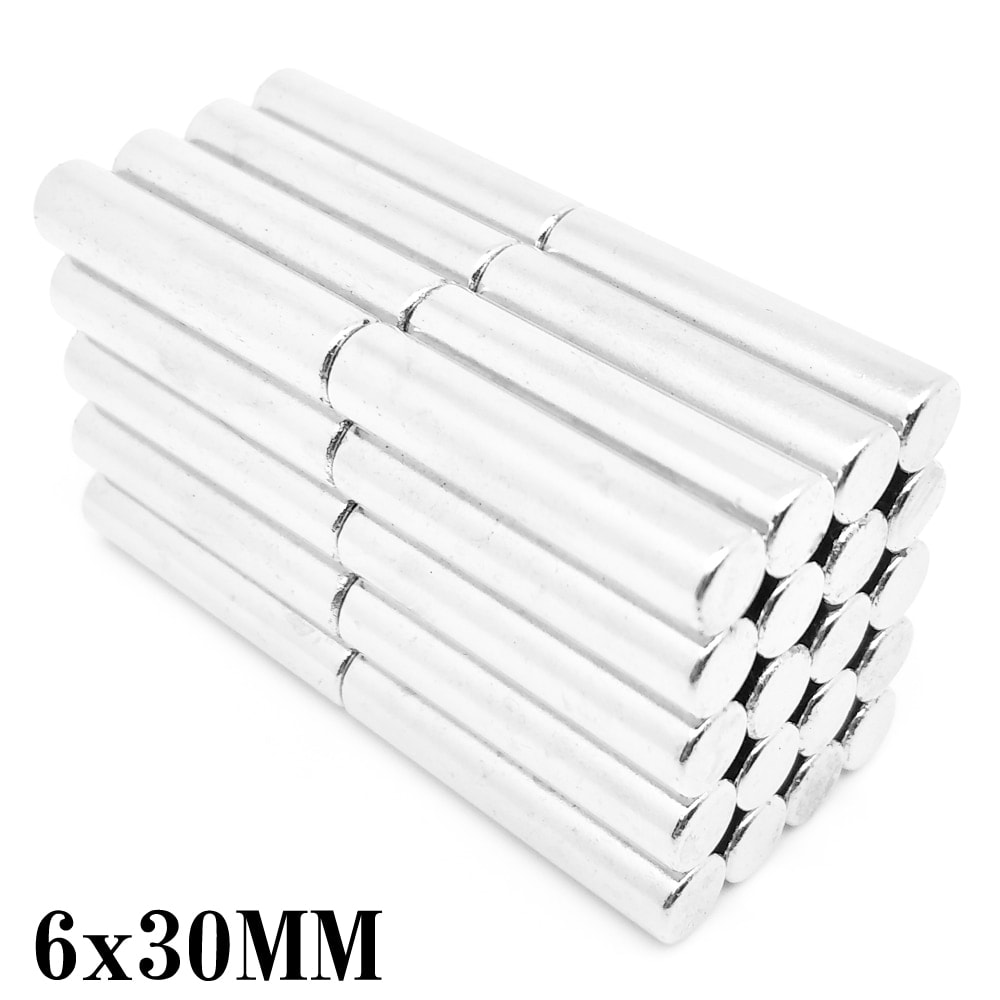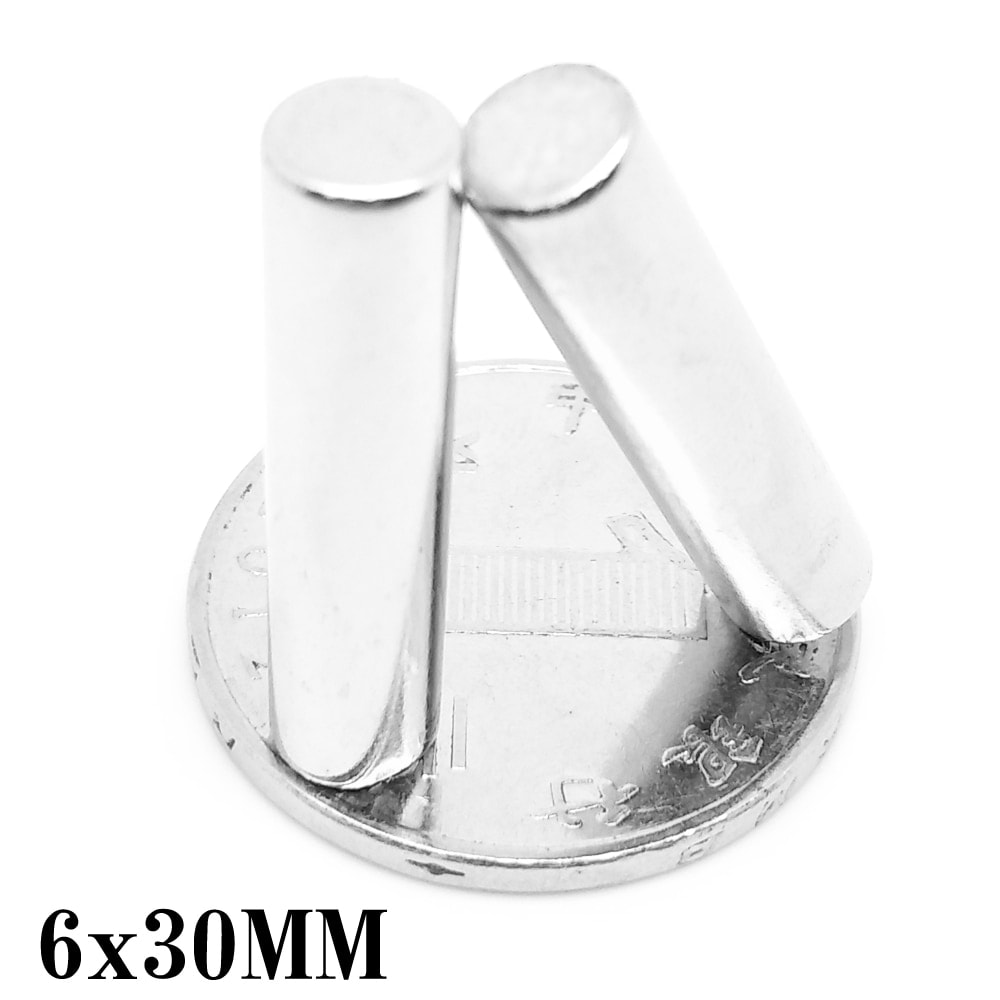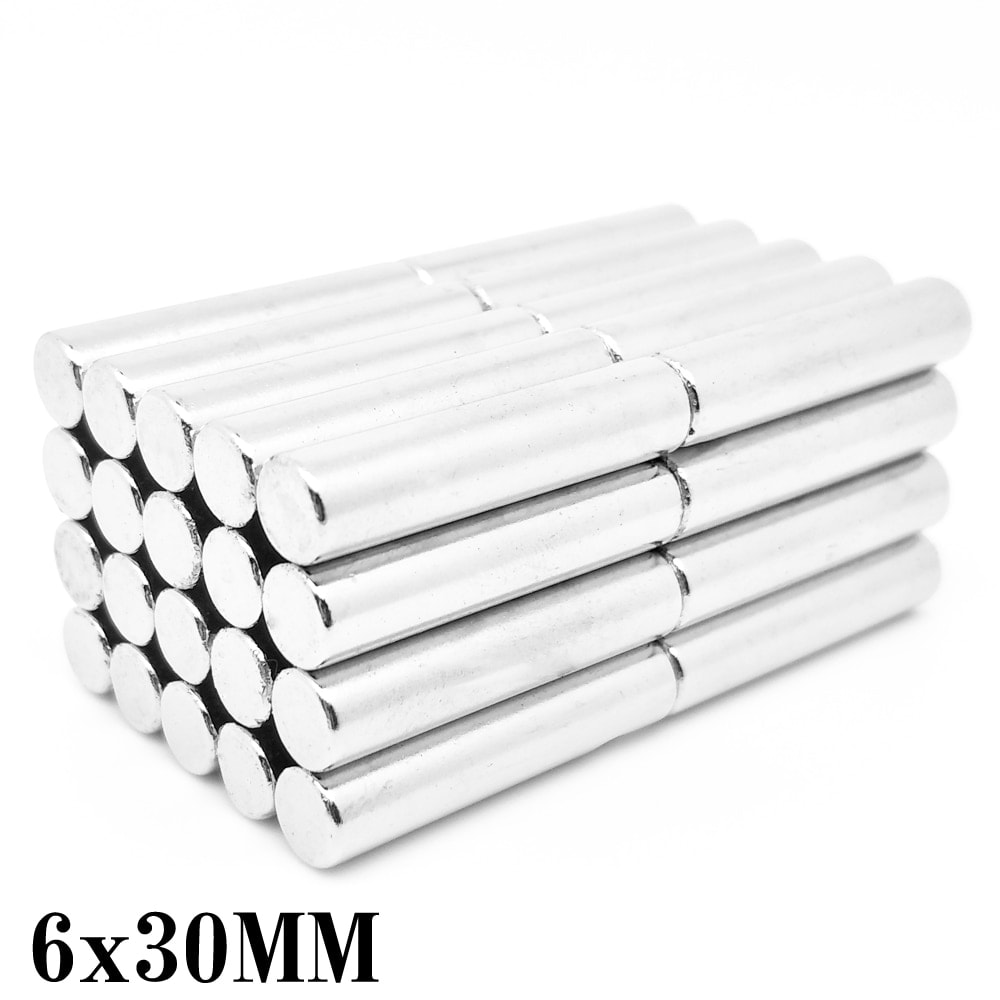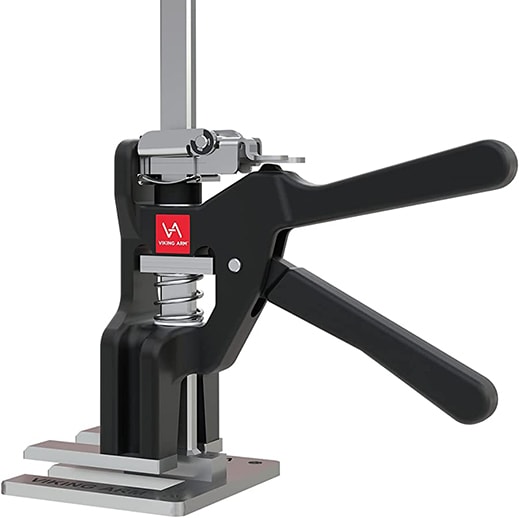WHY BUY THESE 30 x 6mm MAGNETS?
- Magnetic fastener: The magnet could be used as a magnetic fastener for a door or cabinet. Simply attach one magnet to the door and the other to the frame, and the door will be held shut by the magnetic force.
- Magnetic tool holder: Attach the magnet to a wall or workbench, and it can be used to hold metal tools or parts in place. This can be useful for organizing a workshop or garage.
- Magnetic fishing: If you attach the magnet to a rope or string, it can be used for magnetic fishing. This involves dropping the magnet into a body of water and pulling it back up to collect any metal objects that stick to it.
- Science experiments: The magnet could be used in science experiments to explore the properties of magnetism. For example, it could be used to demonstrate magnetic attraction and repulsion, or to investigate the magnetic fields of different objects.
- Magnetic levitation: With the right setup, the magnet could be used to create a simple magnetic levitation device. This involves suspending the magnet in mid-air using the repulsive force of another magnet.
Get creative.
GENERALLY: PROS & CONS of 6X30MM NEODYMIUM MAGNETS
Pros:
- Super strong: Neodymium magnets are the strongest type of permanent magnets available today. This means they can generate very strong magnetic fields and are useful in a wide range of applications.
- Small size: These magnets are very small in size, but have a high magnetic strength. This makes them ideal for use in small electronic devices such as headphones, speakers, and hard drives.
- Wide range of applications: Neodymium magnets are used in various industries, including automotive, aerospace, electronics, and medical equipment, due to their strength and size.
Cons:
- Brittle: Neodymium magnets are very brittle and can break easily, especially if they’re subjected to high impacts or stresses. This makes them unsuitable for use in applications where they’ll be exposed to such conditions. SO don’t let them repeatedly slam together when using them and you’ll be fine.
- Corrosion: These magnets can corrode over time if they’re exposed to moisture or air. This can lead to a loss of magnetic strength and ultimately render them useless. I chose neodymiums that were plated so corrosion isn’t really an issue.
- Health risks: Neodymium magnets are not safe for children to play with or swallow, as they can cause serious health problems if ingested. Additionally, people with pacemakers or other medical implants should avoid handling these magnets, as they can interfere with the functioning of such devices.
Overall, the strength and small size of neodymium magnets make them a popular choice for many applications, but their brittleness, corrosion, and potential health risks should also be considered.
NERDS
Neodymium magnets are a type of permanent magnet made from an alloy of neodymium, iron, and boron (Nd2Fe14B). They are also sometimes referred to as NdFeB magnets.
Technically speaking, neodymium magnets work based on the alignment of magnetic domains in the material. These domains are like tiny magnets within the larger magnet material, and when they are aligned in the same direction, they create a strong magnetic field. In neodymium magnets, the material is processed and shaped into small grains that are then magnetized in a strong magnetic field, so that all of the magnetic domains are aligned in the same direction.
The resulting neodymium magnet has a very high magnetic energy product, which is a measure of its strength. It also has a high coercivity, which means it is resistant to demagnetization. This makes it a very powerful and long-lasting magnet that is useful in a wide range of applications.
Neodymium magnets are commonly used in electronic devices, motors, generators, and other industrial applications where a strong and durable magnet is required.
TECH SPECS
Application: Industrial Magnet
Composite: NdFeB Magnet
Model Number: N35
Shape: Cylinder
Type: Permanent






Reviews
There are no reviews yet.